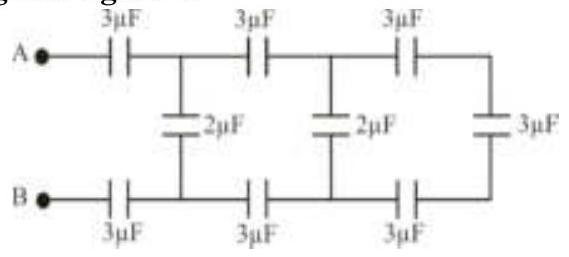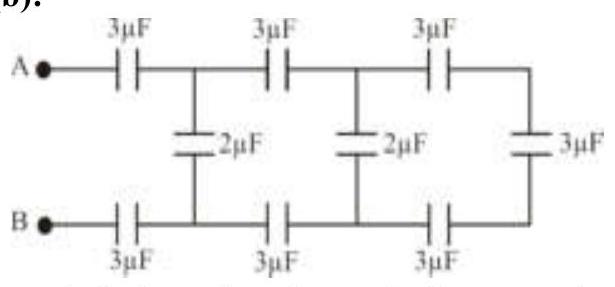165675 A parallel plate capacitor of capacitance $20 \mu \mathrm{F}$ is being charged by a voltage source whose potential is changing at the rate of $3 \mathrm{~V} / \mathrm{s}$. The conduction current through the connecting wires and the displacement current through the plates of the capacitor, would be, respectively.
165675 A parallel plate capacitor of capacitance $20 \mu \mathrm{F}$ is being charged by a voltage source whose potential is changing at the rate of $3 \mathrm{~V} / \mathrm{s}$. The conduction current through the connecting wires and the displacement current through the plates of the capacitor, would be, respectively.
165675 A parallel plate capacitor of capacitance $20 \mu \mathrm{F}$ is being charged by a voltage source whose potential is changing at the rate of $3 \mathrm{~V} / \mathrm{s}$. The conduction current through the connecting wires and the displacement current through the plates of the capacitor, would be, respectively.
165675 A parallel plate capacitor of capacitance $20 \mu \mathrm{F}$ is being charged by a voltage source whose potential is changing at the rate of $3 \mathrm{~V} / \mathrm{s}$. The conduction current through the connecting wires and the displacement current through the plates of the capacitor, would be, respectively.


